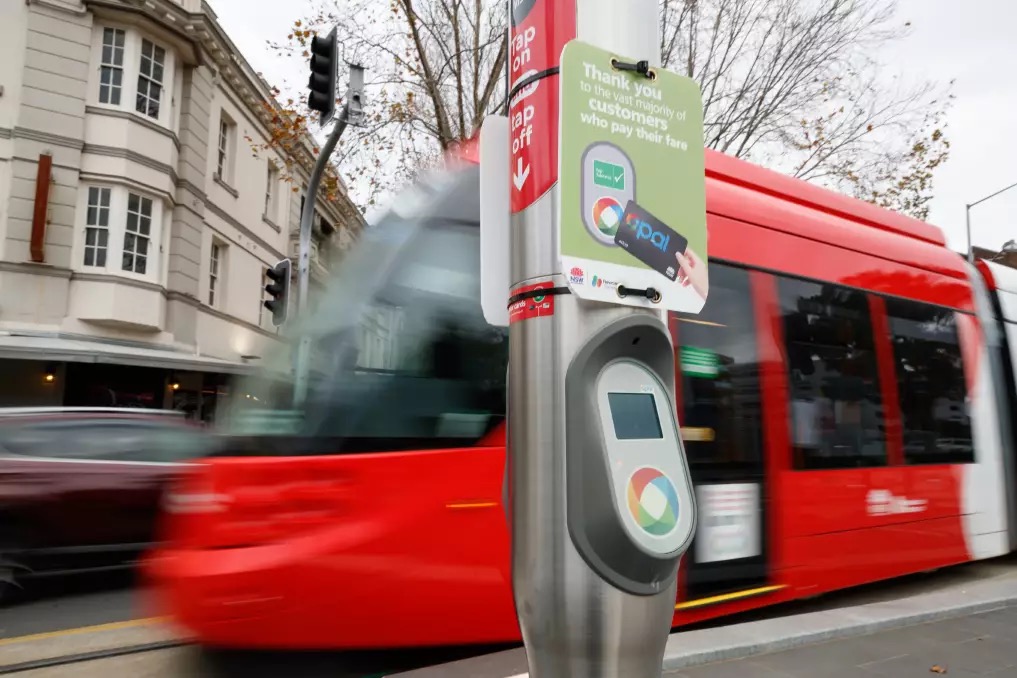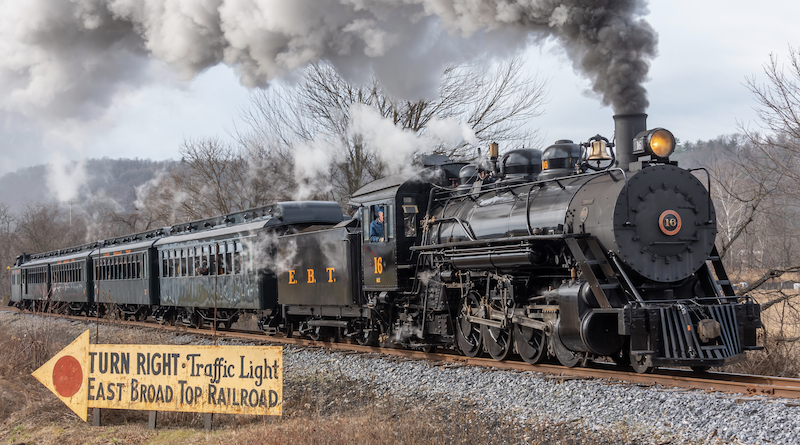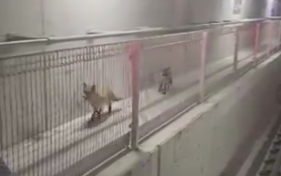Alan Holford, CEO of BoxTube, has created a ground-breaking rapid loading system that could transform the landscape of UK logistics.
BoxTube’s goal is to create a variety of interconnected solutions to enable the global supply chain to decarbonise, reduce material usage and reduce air pollution. The pragmatic approach encourages adoption by creating solutions which are both economical and convenient.
BoxTube, one of the first cohort of SMEs to complete the Clean Futures Accelerator Programe, is led by Alan Holford, a qualified vet who while working was inspired by the veterinary wholesalers, delivering in a reusable tote box every day, collecting it empty the following day and replacing it with the next load of stock.
Alan’s innovation is a rapid vehicle loading system for trucks and trains which enables up to 550 boxes to be loaded into a truck in under a minute, or 10,000 onto a 12-car train in under a minute.
Reducing empty road miles
In logistics there’s currently a significant amount of inefficiency around loading volume and not filling the capacity of vehicles, loading slowly and causing bottlenecks. BoxTube addresses this by creating a rapid loader that fills vehicles to maximum capacity.
According to national statistics, three billion HGV miles are driven ‘empty’ every year, a problem which could be addressed by improving loading speed and utilising the full load volume of these vehicles.
BoxTube has designed a solution with a modular approach; with each element bringing its own significant benefits and sales drive, which is strengthened by network effects as the firm adds to its offering.
To achieve this, BoxTube utilises the power of standardisation. As the shipping container transformed shipping, and the pallet transformed bulk handling, at the granular freight level, BoxTube can be transformative by creating attractive conditions for the adoption of a 400x600mm tote box for nationwide rapid delivery.
BoxTube’s concept uses an innovative rapid vehicle loader to drive this adoption. Using this innovation, loading an HGV can be done in under a minute, while a train carriage can be done in just 11 seconds. This could be transformative for the logistics sector when compared to the existing half-hour fastest time method for this type of freight, and in many cases BoxTube could also achieve a greater volumetric utilisation.
A rail freight capacity revolution
When the BoxTube solution is used on rail, its carbon-saving benefits can be significantly higher, as Alan explained: “Rail is up to 95 per cent lower-emitting than road freight, but with current loading techniques there is only 10 per cent capacity in the UK network available for increasing its use.
“Due to slow loading times, rail freight is largely restricted to overnight use, end-to-end journeys with heavy bulk, which limits train speed. Being able to load light freight in such a short time means that BoxTube could run light freight trains amongst the busy passenger timetable throughout the day, making multi-stop line-side deliveries and transforming the network’s capacity for freight.”
With the potential benefits available using the rail network, BoxTube could also free up much-needed capacity on Britain’s highways. A BoxTube-equipped train could displace 24 HGVs from the road, achieving cheaper carriage at a faster speed, with fast and easy transfer to and from road transport for the first and final mile.
These efficiency benefits allow better use of driver and vehicle assets, and ultimately better delivery capacity. These zero manual handling solutions can improve driver retention and recruitment with fewer injuries and restrictions on physical capacity for the driver role, as well as reduce overnight stays in the cab by reducing time spent on loading and unloading activities during the legally restricted driver shift length.
Transforming freight efficiency
“There is currently a major focus on alternative fuels and electrification, but this alone cannot solve our emissions problems. We believe we need to develop technology to transform efficiency in other areas to create solutions fit for the future. Solutions that complement all modes of transport are desperately needed.” Alan said.
“This is the potential circularity of a reusable box for delivery. I started to look at the use of totes as a standardised container and how you could then manoeuvre them around efficiently with the rapid loading of vehicles. Then we want to explore the potential idea of automated networks in cities and tunnels as well.”
Realising the potential of rail freight
The Rail Delivery Group’s report ‘The role and value of rail freight in the UK’ has outlined that an off-peak rail journey for freight offering off-peak rail slots, intermodal freight could generate £1.3 million a year, compared to only £170,000 for a passenger only service.
Alan believes BoxTube’s rapid loading solution means it could help to introduce intermodal freight trains amongst passenger rail, in turn generating more revenue which is needed to invest in the UK’s rail network:
“For rail, I think BoxTube provides the opportunity to bring freight and passenger services together, rather than having them as two separate entities. You can generate the revenue to subsidise the passenger services or subsidise the improvement and electrification of the infrastructure that is desperately needed in Britain.”
Accelerating the BoxTube journey
Through the Clean Futures Accelerator Programme, which is led by the Connected Places Catapult, BoxTube has developed and tested a prototype of its solution at BCIMO’s Very Light Rail National Innovation Centre in Dudley. The programme was a unique opportunity for BoxTube to realise its potential, as Alan explained:
“The Clean Futures Programme is perfectly aligned with our goals to reduce emissions using this technology and the association with BCIMO made it the perfect opportunity to develop the BoxTube solution on rail, which is the greenest transport mode.
“It’s enabled the development of the prototype to improve our technology readiness level and our manufacturing readiness level, with the eventual goal being to progress the solution to being trialled in a live environment.”
BoxTube’s six month participation in the Clean Futures Accelerator culminated in a Demonstration Day at the Very Light Rail National Innovation Centre on 30th April.
During the day, SMEs from the program, including BoxTube, each delivered a 3-minute elevator pitch to showcase their innovations.
Autonomous delivery ambitions
With BoxTube’s technology, there is the capability to fully load a carriage with 800 boxes in less than a minute. This enables freight to be introduced within the passenger timetable. With rapid loading, freight could be added to the network without passenger disruption. This opens up a network with limited capacity to huge freight opportunities.
Alan foresees an ambitious future where operators introduce cross docks to distribute boxes around the country, connecting different locations with road freight industries, substituting the ‘middle mile’ long-distance road journeys could enable much greener rail travel:
“We have conceptualised fully automated subterranean networks to be able to take the logistical load from city streets. These networks could be retrofitted around all existing infrastructure with minimal disruption, using our innovative construction concepts.”
“Eventually, we hope to connect our systems to autonomous subterranean delivery networks in our cities, to create a truly door-to-door, green logistics network.” Alan concluded.
For more information visit boxtube.co.uk.


